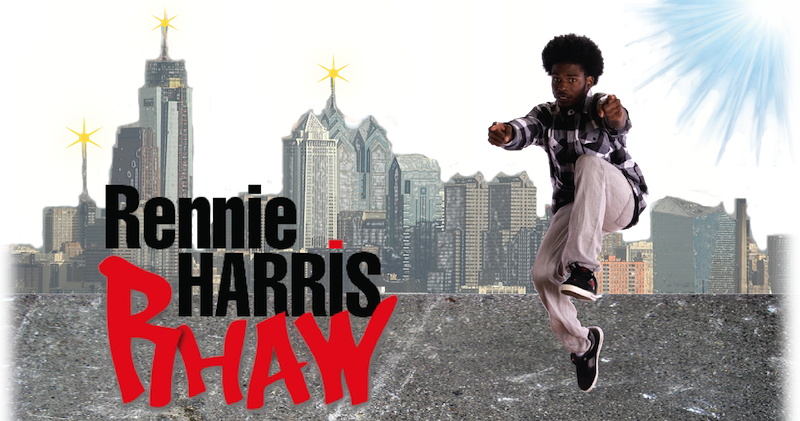
written by Robert Johnson

NEW YORK—"Keeping it real" has become an elusive goal for hip-hop artists, whose art is increasingly threatened by mainstream acceptance.
How can a gangsta preserve his outlaw status when they’re breakdancing in Topeka and the whole world wants to give him a hug?
For a while, choreographer Rennie Harris thought he had the answer. He would exchange the urban No Man’s Land for the concert stage, trading bullet holes and broken glass for grant applications. Modern dance is an outsider art, too, but one that promises to remain safely noncommercial. It confers prestige, yet allows the artist to keep his gimlet-eyed view of the world.
With "Rhaw," the company Harris introduced at the New Victory Theater on Friday, however, the choreographer seems to be taking a new direction. Despite the title, there is nothing unpolished about this show. With its multiracial cast of eager-to-please young men and women engaged in performing slick routines, "Rhaw" is 1 percent "AmeriKKKa’s Most Wanted" and 99 percent "Jerome Robbins’ Broadway."
Instead of hiring a deejay, Harris has assembled a musical score that ranges from world beat to Queen ("Bohemian Rhapsody") and from Latin house to Michael Jackson. We are a long way from Harris’ "Philadelphia Experiment," a reflection on police brutality and the legacy of slavery created in 2007 for Philadanco.
This choreographer’s integrity shines through, however, both in the way he encourages his cast members’ individuality and in the legerdemain with which he manages transitions and juggles the stage picture.
The show’s roster contains some powerful talents. Chief among them is Shafeek Westbrook, who has an uncanny ability to fold his body while balancing on one hand. Neka French glides with born ease. Philip Cuttino Jr. lends his dancing a comic edge. Harris’ son, Brandyn Harris, has a towering physical presence that recalls his father.
After the opening circle dance, the traffic moves steadily across the stage, with different groups forming in juxtaposition to capture the viewer’s attention. Dancers make sly entrances, insinuating themselves in situations that suddenly acquire dramatic weight. That’s what happens in "Three B-Boys & a Girl—Part 1," when French’s appearance reorganizes a male trio, drawing Westbrook away from his buddies and subtly throwing the group off-balance. To Harris’ credit, he can depict these events without stereotyping French as a femme fatale. She’s able to hold her own and eventually integrates herself into the group on equal terms with the men.
Brandyn Harris bears the weight of social commentary, such as it is, in a skit in which he is caught and escorted, hands behind his back, to a place where he kneels and pleads for freedom. Yet darkness quickly gives way to high spirits, with a succession of brightly colored backdrops and flashy silhouettes as the cast slides, vibrates and spins its way to hip-hop nirvana.
And why not? Despite all the exposure and the dance studios offering classes in popping and locking, "Hip-Hop: The Musical" is still waiting to be born.